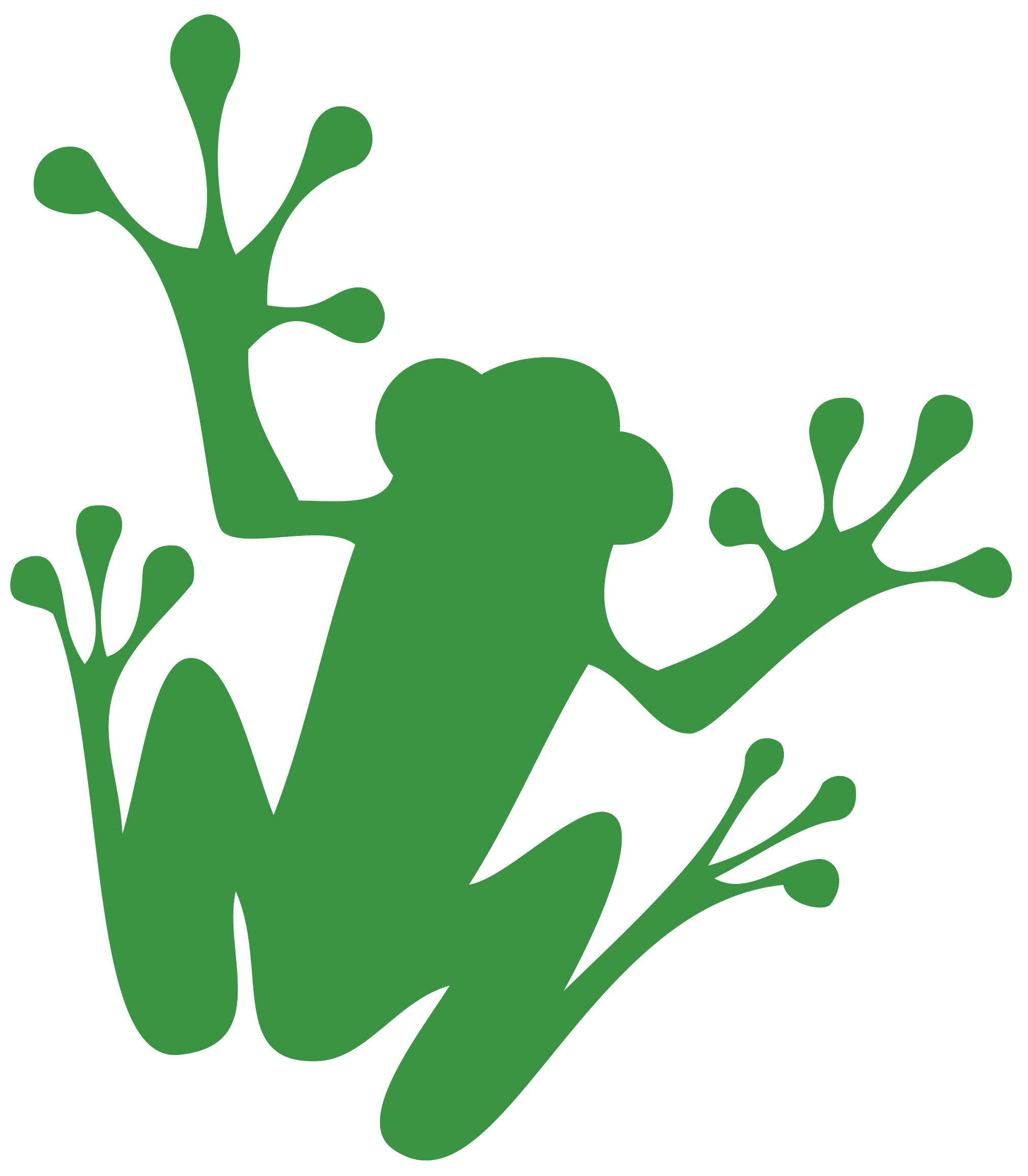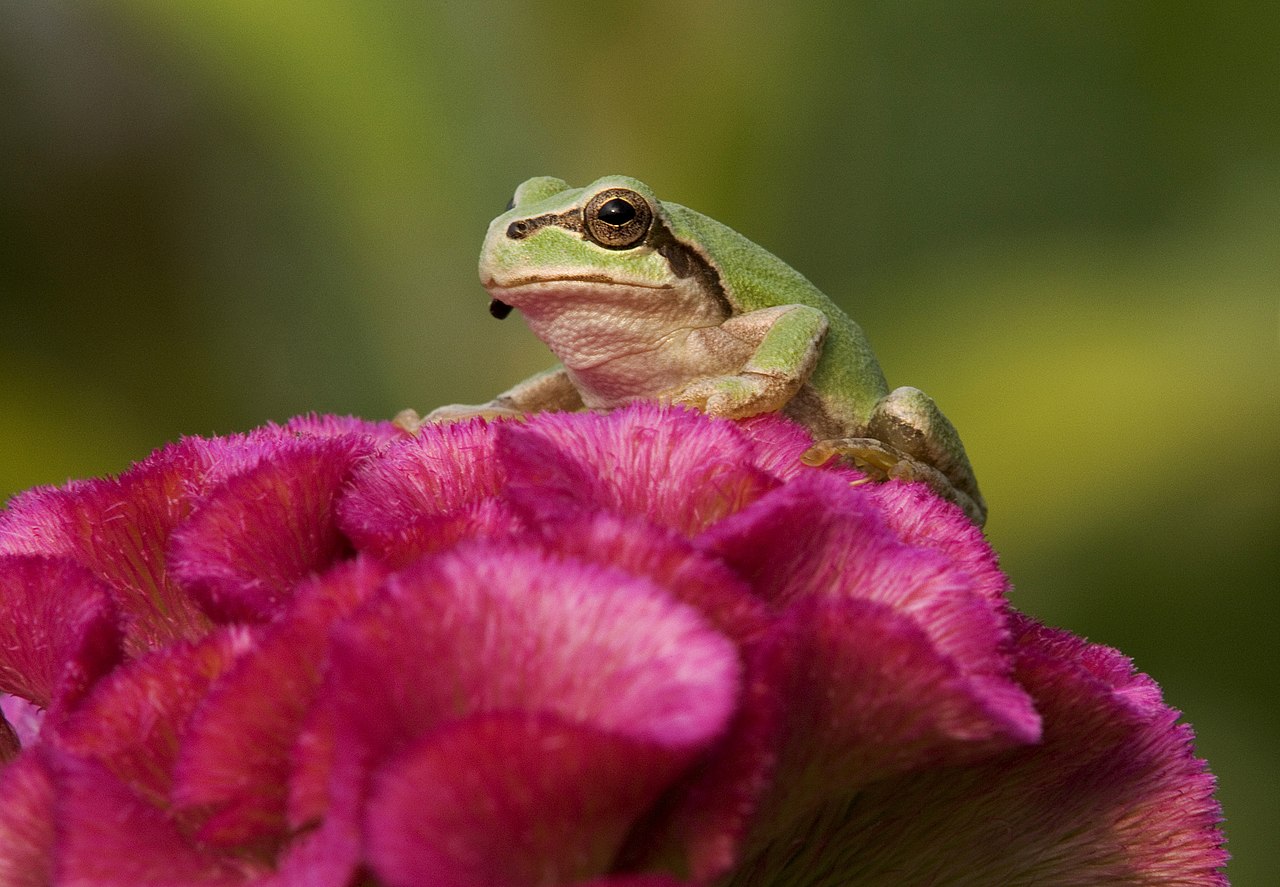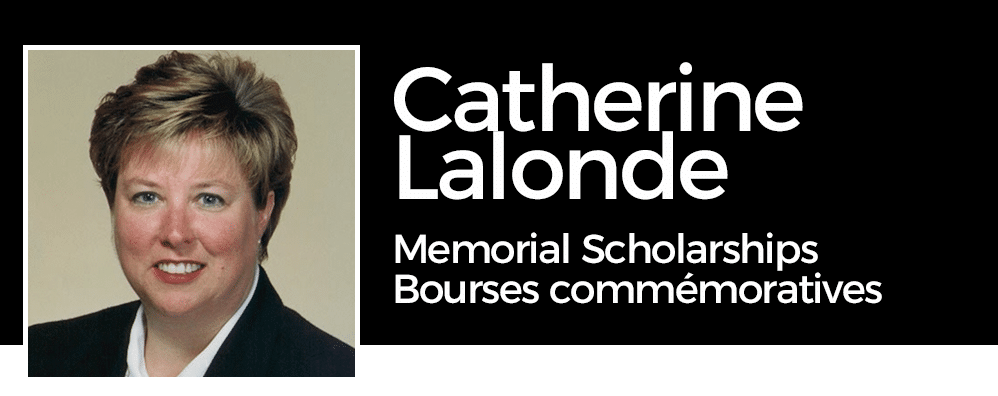 Steelworkers applaud Ottawa’s new Buy Canadian procurement rules, which kicked in Tuesday. In other Business news: a BC Supreme Court judge signed off on wildly successful auction of Northern Pulp’s timberlands; BC assesses options for future of the Crofton pulp mill site; and US lumber mills highlight challenges along the Maine-Quebec border. Meanwhile: a new report says market realities do not support US self-sufficiency in lumber; Canadian forestry exports to the US hit new low; and US job growth slowed in November.
Steelworkers applaud Ottawa’s new Buy Canadian procurement rules, which kicked in Tuesday. In other Business news: a BC Supreme Court judge signed off on wildly successful auction of Northern Pulp’s timberlands; BC assesses options for future of the Crofton pulp mill site; and US lumber mills highlight challenges along the Maine-Quebec border. Meanwhile: a new report says market realities do not support US self-sufficiency in lumber; Canadian forestry exports to the US hit new low; and US job growth slowed in November.
In other news: BC looks to wildfire fighting drones to deal with forest management and emergencies; the Nature Conservancy of Canada announced the largest private land conservation area in southeast BC; Trump’s Wildland Fire Service transformation creates unease; and the EU Deforestation Rule creates hurdles despite implementation delay. Meanwhile: fire tests confirm that not all fire-retardant wood treatments are reliable; and Japanese researchers created a new plant-based plastic that decomposes without forming microplastics.
Finally, the 2025 Catherine Lalonde Memorial Scholarships award winners are strong examples of academic excellence in wood innovation.
Kelly McCloskey, Tree Frog News Editor

 The federal government’s “Buy Canadian” policy for procurement for large infrastructure and defence projects kicked in on Tuesday as the U.S. trade war continues, Procurement Minister Joël Lightbound says. The policy was announced by Prime Minister Mark Carney in September and is essentially a mandate for the federal government to source components used in major government projects from domestic manufacturers. The procurement policy will extend immediately to government contracts valued at $25 million and over, but will expand to contracts valued at $5 million and over by the spring of 2026, Lightbound said. …Additionally, large federal construction and defence projects valued at $25 million or more will be required to use Canadian-produced steel, aluminum and wood products where the basic supply is available, he added. …In July, Carney had announced Canada would “restrict and reduce foreign steel imports entering the Canadian market.” In August, the policy was extended to Canadian lumber.
The federal government’s “Buy Canadian” policy for procurement for large infrastructure and defence projects kicked in on Tuesday as the U.S. trade war continues, Procurement Minister Joël Lightbound says. The policy was announced by Prime Minister Mark Carney in September and is essentially a mandate for the federal government to source components used in major government projects from domestic manufacturers. The procurement policy will extend immediately to government contracts valued at $25 million and over, but will expand to contracts valued at $5 million and over by the spring of 2026, Lightbound said. …Additionally, large federal construction and defence projects valued at $25 million or more will be required to use Canadian-produced steel, aluminum and wood products where the basic supply is available, he added. …In July, Carney had announced Canada would “restrict and reduce foreign steel imports entering the Canadian market.” In August, the policy was extended to Canadian lumber. The trade war launched by Donald Trump continues to intensify, striking Canadian workers. In addition to the 50% tariffs on steel and aluminum imposed earlier this year and the duties on non-CUSMA-compliant automobiles and parts, Washington added a 50% tariff on copper in July. More recently, a new 10% duty on softwood lumber was introduced, on top of the existing countervailing and anti-dumping duties. …Thanks to the mobilization and constant pressure of the United Steelworkers, several long-standing union demands have finally been adopted in Ottawa. …The federal government announced that it will now require the use of Canadian-made products in publicly funded projects and has announced new investments to strengthen Canada’s industrial capacity and the resilience of our supply chains. …Canada must go further and adopt a strong industrial strategy to reduce our dependence on the U.S. market, protect jobs, and ensure that we never again find ourselves in such a vulnerable position.
The trade war launched by Donald Trump continues to intensify, striking Canadian workers. In addition to the 50% tariffs on steel and aluminum imposed earlier this year and the duties on non-CUSMA-compliant automobiles and parts, Washington added a 50% tariff on copper in July. More recently, a new 10% duty on softwood lumber was introduced, on top of the existing countervailing and anti-dumping duties. …Thanks to the mobilization and constant pressure of the United Steelworkers, several long-standing union demands have finally been adopted in Ottawa. …The federal government announced that it will now require the use of Canadian-made products in publicly funded projects and has announced new investments to strengthen Canada’s industrial capacity and the resilience of our supply chains. …Canada must go further and adopt a strong industrial strategy to reduce our dependence on the U.S. market, protect jobs, and ensure that we never again find ourselves in such a vulnerable position.  The province has retained an external consultant with expertise in the pulp and paper sector to assess options for the Crofton mill site, B.C.’s Forest Minister Ravi Parmar told North Cowichan’s council during a meeting on Dec. 10. Parmar also discussed the possibility of a new owner acquiring the property to resume pulp and paper production, or repurposing the property for another industrial use, the municipality said in a statement. “Given the significant implications for our community, we have requested that North Cowichan be actively involved at all stages of this work and in any discussions or decisions related to the future of the site,” North Cowichan said. North Cowichan Mayor Rob Douglas said they are continuing to work with the provincial and federal governments to secure transition funding and support for the mill workers.
The province has retained an external consultant with expertise in the pulp and paper sector to assess options for the Crofton mill site, B.C.’s Forest Minister Ravi Parmar told North Cowichan’s council during a meeting on Dec. 10. Parmar also discussed the possibility of a new owner acquiring the property to resume pulp and paper production, or repurposing the property for another industrial use, the municipality said in a statement. “Given the significant implications for our community, we have requested that North Cowichan be actively involved at all stages of this work and in any discussions or decisions related to the future of the site,” North Cowichan said. North Cowichan Mayor Rob Douglas said they are continuing to work with the provincial and federal governments to secure transition funding and support for the mill workers.








 One of the most profound shifts in how the United States manages wildland fire is underway. Federal wildland fire forces are spread across several agencies, closely collaborating but each tackling prevention and protection somewhat differently. Now, the Trump administration is creating an entirely new “U.S. Wildland Fire Service” to combine as much of that under one headquarters roof as it can. A firefighter with decades of federal and local experience says he has been tapped to head that agency, news that heartened much of the wildfire community when it broke just over a week ago. …But the muddled rollout of these plans—along with widespread layoffs at agencies that fight wildfires and a crackdown on efforts to combat the climate change that’s fueling the flames—have sowed concerns that this is not the right administration to carry out such a significant transformation.
One of the most profound shifts in how the United States manages wildland fire is underway. Federal wildland fire forces are spread across several agencies, closely collaborating but each tackling prevention and protection somewhat differently. Now, the Trump administration is creating an entirely new “U.S. Wildland Fire Service” to combine as much of that under one headquarters roof as it can. A firefighter with decades of federal and local experience says he has been tapped to head that agency, news that heartened much of the wildfire community when it broke just over a week ago. …But the muddled rollout of these plans—along with widespread layoffs at agencies that fight wildfires and a crackdown on efforts to combat the climate change that’s fueling the flames—have sowed concerns that this is not the right administration to carry out such a significant transformation. The EU Deforestation Rule has already caused supply chain hurdles for American farmers, ranchers and foresters, and the rule has not even begun being enforced. EU farmers themselves have raised concerns over their compliance requirements and received additional flexibilities, and member governments are still navigating how to implement the complex auditing system. With these logistical challenges clear even to EU officials, the European Commission has voted to once again delay the rule’s implementation until 2026 and 2027 for large and small businesses, respectively. However, as long as the rule stands as currently drafted, agricultural supply chains will be strained from the looming enforcement deadline. Overall, the EU fails to recognize the long-standing position of American farmers and ranchers as global leaders in agricultural production with environmental stewardship. A rule that was originally targeted to penalize bad actors in the global marketplace has now hindered some of the most productive producers in the world.
The EU Deforestation Rule has already caused supply chain hurdles for American farmers, ranchers and foresters, and the rule has not even begun being enforced. EU farmers themselves have raised concerns over their compliance requirements and received additional flexibilities, and member governments are still navigating how to implement the complex auditing system. With these logistical challenges clear even to EU officials, the European Commission has voted to once again delay the rule’s implementation until 2026 and 2027 for large and small businesses, respectively. However, as long as the rule stands as currently drafted, agricultural supply chains will be strained from the looming enforcement deadline. Overall, the EU fails to recognize the long-standing position of American farmers and ranchers as global leaders in agricultural production with environmental stewardship. A rule that was originally targeted to penalize bad actors in the global marketplace has now hindered some of the most productive producers in the world.

 Douglas-fir may prove to be a productive alternative to Sitka spruce for the UK’s commercial forestry sector. That is one of the early conclusions from ongoing research to test the suitability of 17 tree species as potential options for future timber production. Taking place across a network of nine large-scale experiments (in locations such as the Newcastleton, Cowal, and the Black Isle), the Forest Research-led investigation also found Douglas fir had the promise for further use in the south and east of the country, where the climate is forecast to become significantly hotter and drier than today. While already considered by many as a serious option, the species only makes up around 4 per cent of the UK’s total commercial forest.
Douglas-fir may prove to be a productive alternative to Sitka spruce for the UK’s commercial forestry sector. That is one of the early conclusions from ongoing research to test the suitability of 17 tree species as potential options for future timber production. Taking place across a network of nine large-scale experiments (in locations such as the Newcastleton, Cowal, and the Black Isle), the Forest Research-led investigation also found Douglas fir had the promise for further use in the south and east of the country, where the climate is forecast to become significantly hotter and drier than today. While already considered by many as a serious option, the species only makes up around 4 per cent of the UK’s total commercial forest. At its November 2025 meeting, WorkSafeBC’s Board of Directors approved amendments to the Occupational Health and Safety Regulation and the Prevention Manual. The amendments relate to
At its November 2025 meeting, WorkSafeBC’s Board of Directors approved amendments to the Occupational Health and Safety Regulation and the Prevention Manual. The amendments relate to